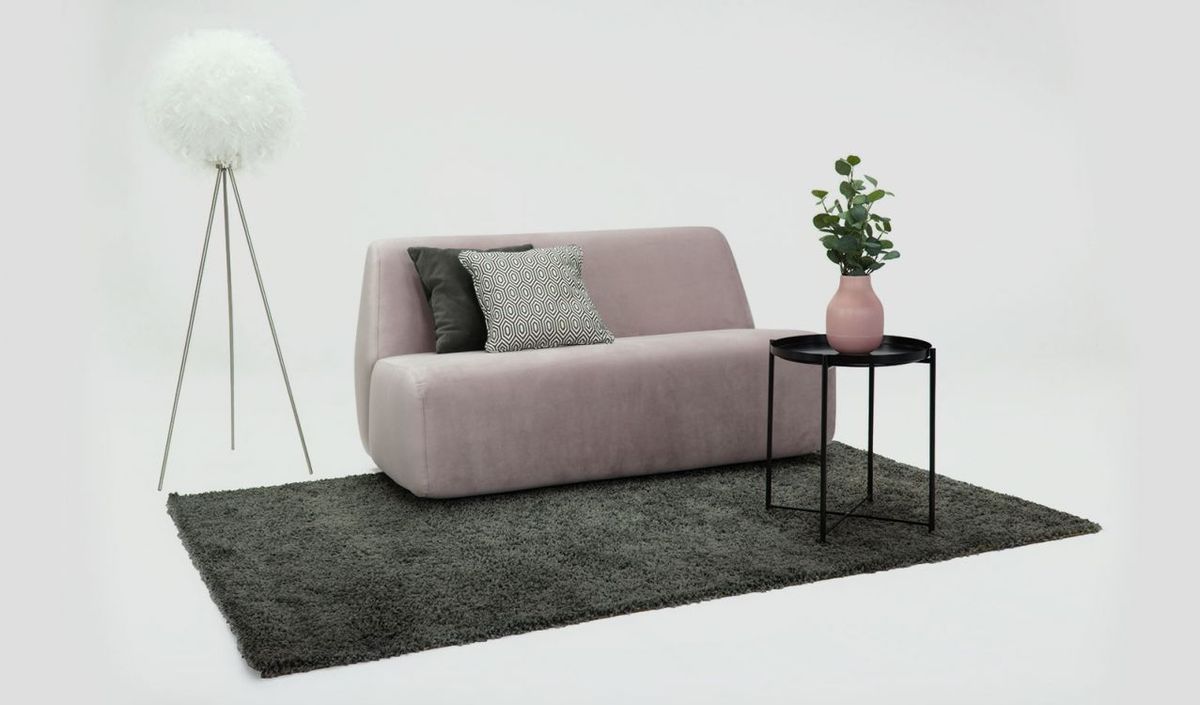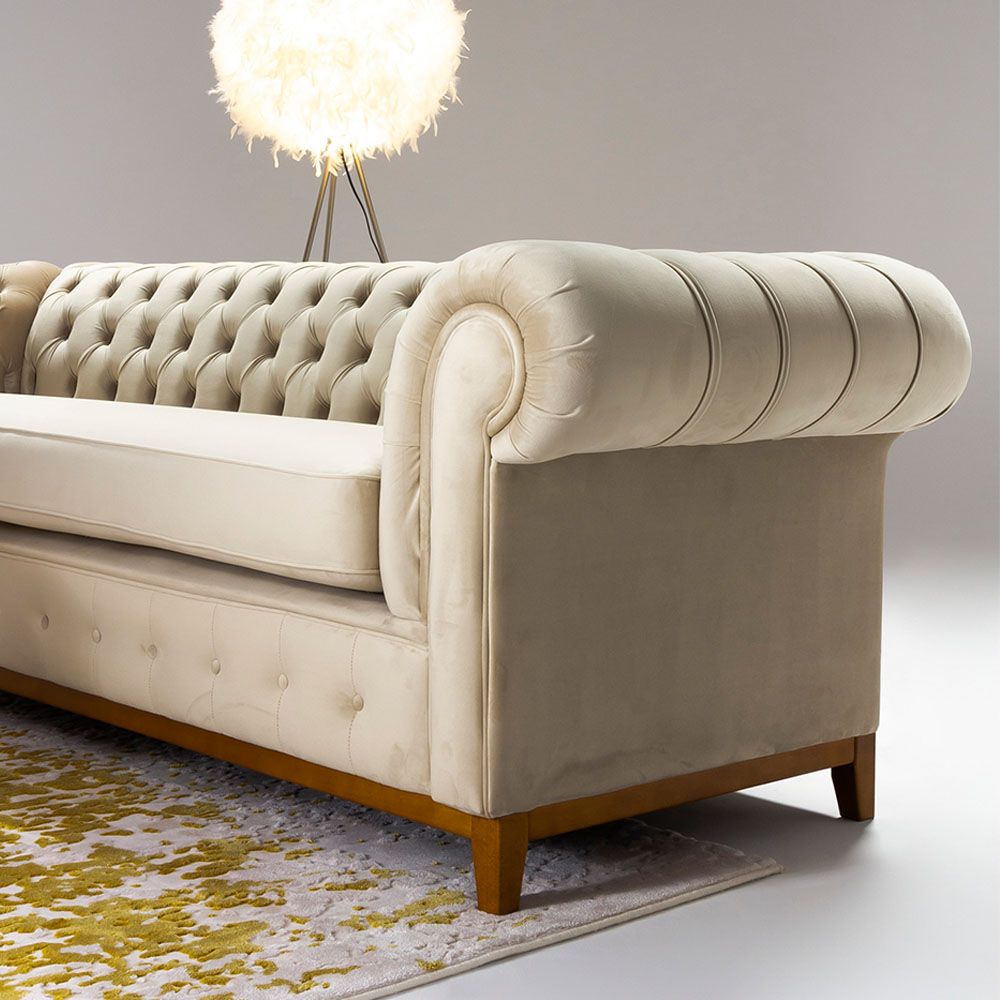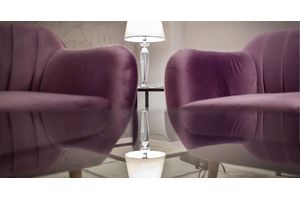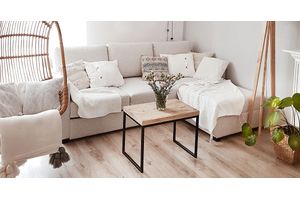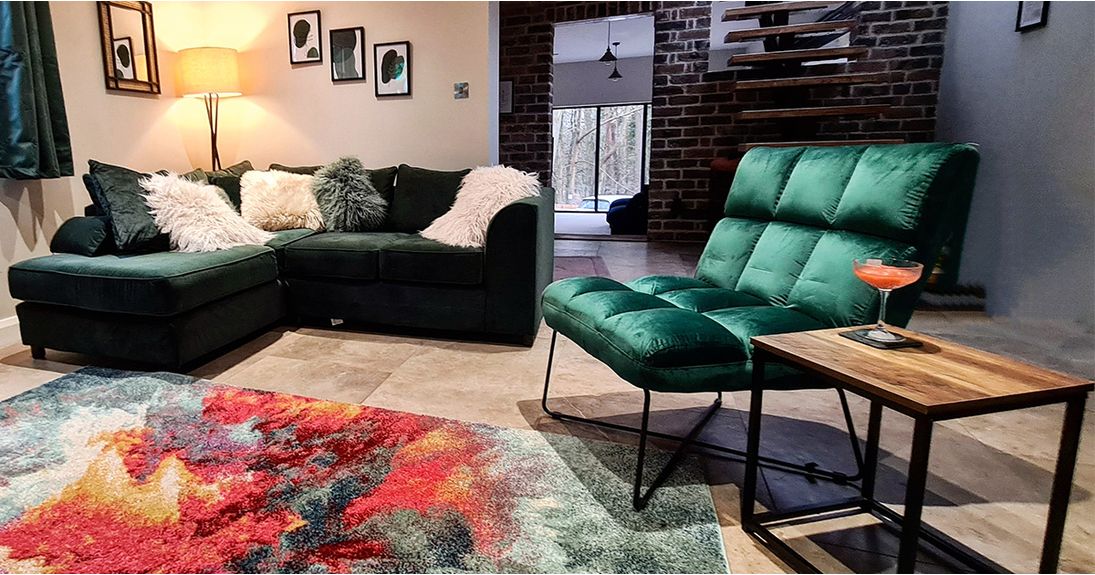
Interior design styles - inspirations, ideas
When planning your home decor, it is important to think about what styles you like. Do you already have an established style that you love, or do you want to change your current look? Whilst it is always useful to know the latest interior design trends and interior styles, the most important factor is to create an interior that reflects your personality, has a unique character, and fits in with you and your family’s needs and lifestyle. We look at established styles and the hottest interior fashions to help you create a beautiful, harmonious home. So how do you choose your perfect style?
Interior design styles – where to start?
When decorating our home, we start by looking at the styles we are most attracted to. These can be defined by being the most interesting, beautiful, and functional. This is when we can start to build a picture of what that style is. Most people like a combination of styles, and interior trends over the years reflect this. So pure white minimalism is combined with bold colour accents, traditional is mixed with modern deigns. This is when our style starts to be something more personal and distinctive, so where do we start?
The first element is to understand whether you are starting with a blank canvas or whether you are adapting and changing existing styles in your home. The easiest way to achieve this is to take photos of what you already have, together with images from magazines and online to create a picture board of all your thoughts. This can be completed as an online visual, using a social curation website such as Pinterest, or a physical board that can be displayed in your room for further deliberation. It is much easier for most people to be able to visualise the end result by completing this type of research. Quality time spent at the start of the process will avoid any costly mistakes and create a clear plan and picture of what you want to achieve and therefore what the next step is.
The most popular interior styles
Style in interior design has become one of the determinants of space planning. Depending on the preferred style, we need to choose furniture, accessories, and the colour palette. When looking for a style to furnish a room, we rely on our preferences and favourite elements. The following details a few of our favourite and the most popular trends in interiors right now.
Warm minimalism
The minimalist open plan spaces that we are so used to seeing over the last decade are starting to become less ‘all white’ and are warming up with colour. It is a look that is still elegant, clean, and understated, but the addition of a simple colour palette provides extra interest and depth, diminishing any starkness and severity. Currently trending as warm minimalism, this style of interior is still a pared back uncluttered look, but warm natural elements such as wood and indoor planting are used to create a more homely feel. Warm minimalism is a ‘pulled together’ approach, filling a space with the barest of essentials, but creating a greater sense of drama than the minimalist interiors of the past.
- Tonal contrasts against white, such as midnight blues and deep greens
- Natural elements, like wood and stone
- Uncluttered and clean lines
- Simple silhouettes
- Maximise storage
- Open spaces
- Minimal visual noise
- Patterns limited solely to artwork
Examples of SLF24 upholstered furniture ranges in a warm minimalism style are: Opus, Eaz, Gosena, Tasna, Content and Nist.
Scandinavian
Still a popular trend, this style evokes calm and restful thoughts. The Scandinavian look came to our shores as their philosophy of “less is more” appeals to us all who aspire to a tidy home, incorporating clever storage and ensuring ‘everything has a place’. Although, in the UK, our Winters are not quite as long and dark as in Northern Europe, there are certainly similarities, and we desire to create a light and bright interior to get us through these and cold and dreary months.
- Neutral colours, such as whites, greys, and natural tones
- Large windows with minimal window treatments, like blinds and shutters
- Natural accessories made of wood, ceramics, and wool
- Candles – tealights, pillars and scented
- Simple colour accents – pastels or monochrome
- Uncluttered and orderly
- Throws, rugs and cushions
- Wooden floors
Examples of SLF24 upholstered furniture ranges in a Scandinavian style are:Cosy Demure, Linara, Farrow andCooper
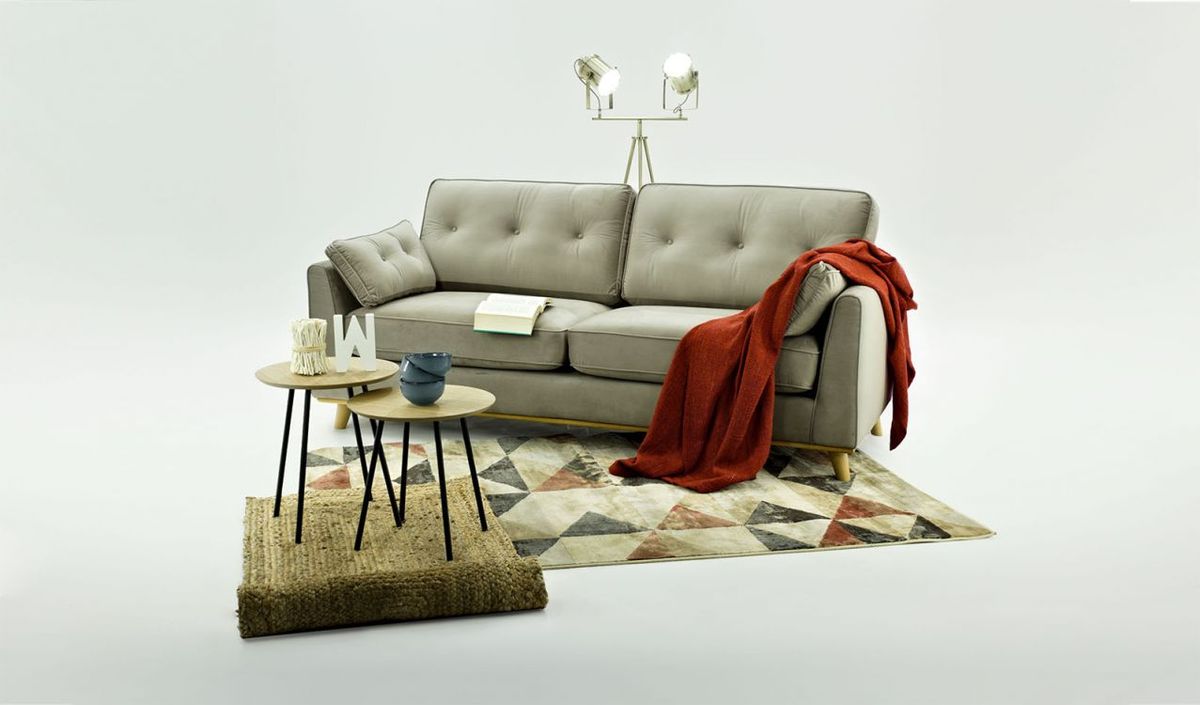
Modern
Whilst this isn’t a defined look as such, it is something most homeowners are looking to achieve. Although basically having a very similar meaning to contemporary, a modern style is usually defined as having its roots in the mid-19th century and contemporary is more the look of today. But we consider that a modern home should be functional and beautiful. It will feature smooth, clean lines, be comfortable and create a bright and unfussy look. When we talk about form, we’re really discussing shape. Modern design is synonymous with clean, almost boxy lines.
- Clean lines
- Minimal accessories
- Using colour to enhance
- Simplicity
- Open plan living spaces
- Plain colours
- Geometric forms
- Bright and light rooms
Examples of SLF24 upholstered furniture ranges in a modern style are: Slender, Demure, Haring, Finn, Brest, Gabrielle and Giselle.
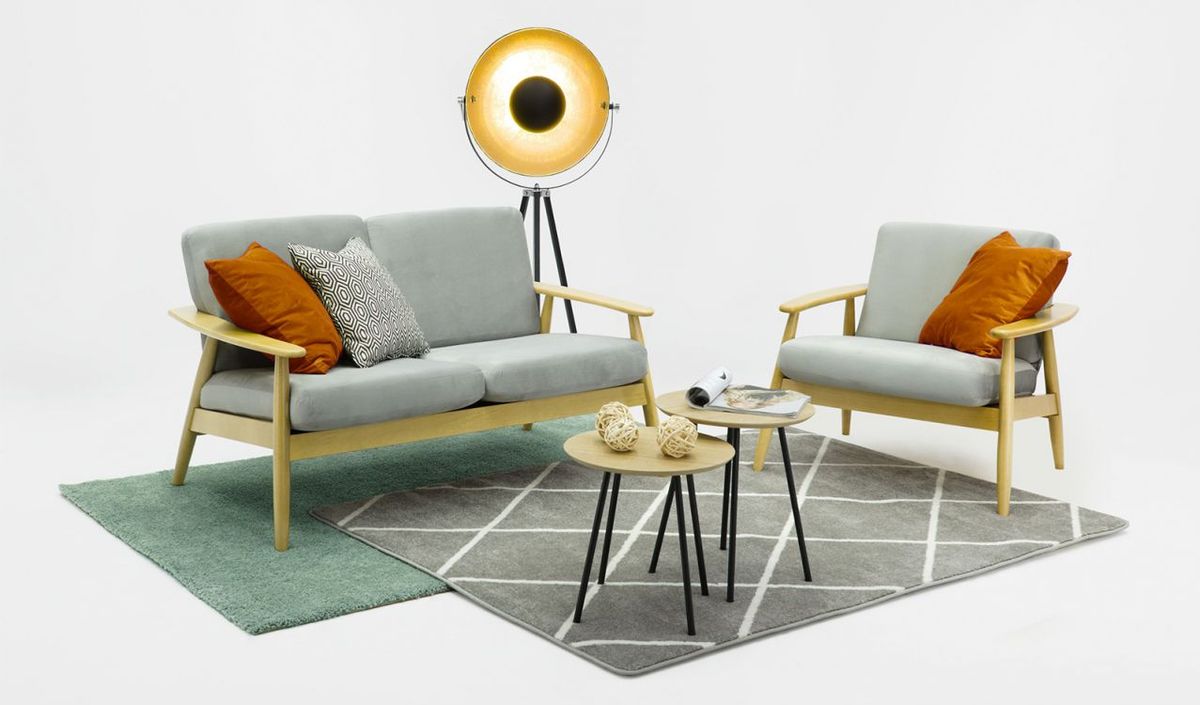
Maximalism
A complete opposite to minimalism, maximalism is full of colour, patterns, and is ‘of the moment’. Whilst initially it appears that creating this look is a jumble of styles, it should be created with clear thought, planning and clarity. It is a careful curation of layers that although features many different colours, a precise colour palette should be adhered to, in order to avoid a messy muddle. There needs to be one colour or tone that will connect the whole theme to provide a sense of balance. A maximalist interior is the perfect way to showcase your creativity and personality, and will provide an eclectic richness in your home.
- Bold colours
- Confident patterns
- Layering
- Different fabrics and textures
- Eclectic mix
- Vintage pieces and antiques
- Nostalgic
- The antithesis of minimalism
Examples of SLF24 upholstered furniture ranges in a maximalism style are: Chesterfield, Dillon, Baron, Storm and Majestic with loose cushions.
Luxe
With Art Deco origins, Luxe is the epitome of glamour and elegance. Luxurious fabrics, in particular velvets, metallic accessories and colour infusions, it has a narrative of high design, artistry and opulence. It often features beautiful vibrant colours and ornate embellishments. A place to relax but also to display a lavish and striking impression to your guests. An elaborate chaise longue or distinctive lounge chair beside a drinks trolley or cocktail cabinet is typical of this look, that is as popular now as it was in the 1920’s.
- Metallic accents
- Velvet fabrics
- Statement furniture
- Glass accessories
- Sophisticated boutique hotel feel
- Opulent materials such as marble and granite
- Sculptural vases and objects
- Lavish window treatments, such as floor length drapes
Examples of SLF24 upholstered furniture ranges in a luxe style are: Kooper, Chesterfield Modern, Sodre and Vicenza.
Contemporary
A contemporary home, although often categorised as modern too, will be more design-led and appeal to those who prefer form over function, adapting to the latest designer trends. Form is one of the foundations of contemporary design and this design style sets it apart from others. It is an elegant and ‘grown up’ space where the furniture and artwork can either emanate intensity and seriousness or offer more quirky and distinctive characteristics. The latest contemporary interior trends could see this style of interior featuring any of the following
- Curved lines
- Colour drenching decor
- Colour blocking
- Statement lighting
- Cocooning furniture
- Neutral shades
- An abundance of natural light
- Designer pieces
Examples of SLF24 upholstered furniture ranges in a contemporary style are: Vicenza, Stone, Lioni and Gosena.
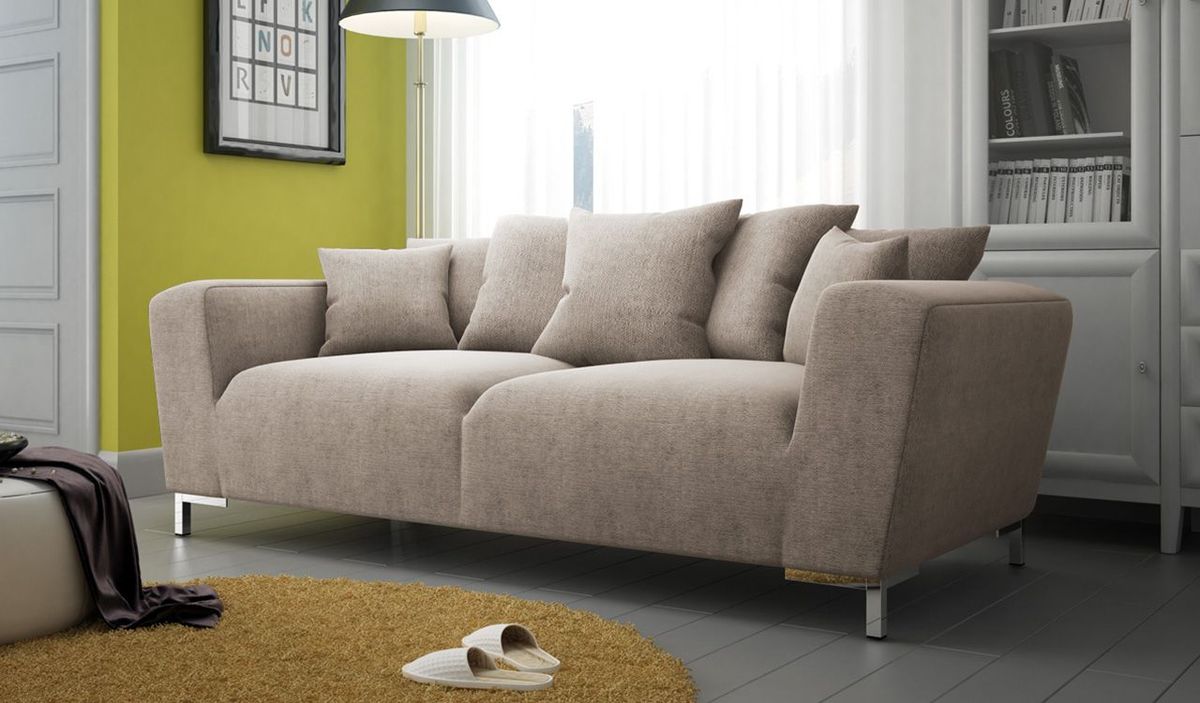
Industrial
This style has its roots in the USA during the industrial revolution. Converted factories, workshops and loft apartments are where this look began, as they already have the raw, unfinished elements that make a successful design. Exposed industrial beams and rough brick walls are celebrated as features, as opposed to being hidden behind smooth plaster as in other styles. To create an industrial look you will need:
- large open space
- high ceilings
- large windows
- Exposed walls of brick, stone or concrete
- Raw metal, unfinished features
- Accessorise with vintage pieces
- Metallic and natural colour palette – silvers, blacks and browns
- Bare filament bulb lighting
Examples of SLF24 upholstered furniture ranges in an industrial style are: Lioni, Layla, Tasna, Covex and Enigma.
Traditional classic
This style conjures up nostalgic memories and is an easy style to achieve. Often using larger pieces of furniture with wide arms and low ground style sofas. It is a cosy and welcoming environment that uses a warm colour palette, often using patterns and stripes as well as antiques and period pieces. Any neutrals are contrasted with accessories in muted tones. It emanates quality with carefully considered pieces and its versatility and relative simplicity make for a successful combination to accomplish. Due to uncertainty in recent years, there has been an increased desire for sentimental comfort and homeliness, creating an interiors revival called ‘granny chic’.
- warm colours
- Period features
- Florals, patterns, and stripes
- Homely rather than trendsetting
- antiques
- Symmetric spaces
- Dark wood finishes
- Vintage rugs
Examples of SLF24 upholstered furniture ranges in a traditional classic style are: Baron, Chesterfield, Dillon, Rubens, James and Karin.
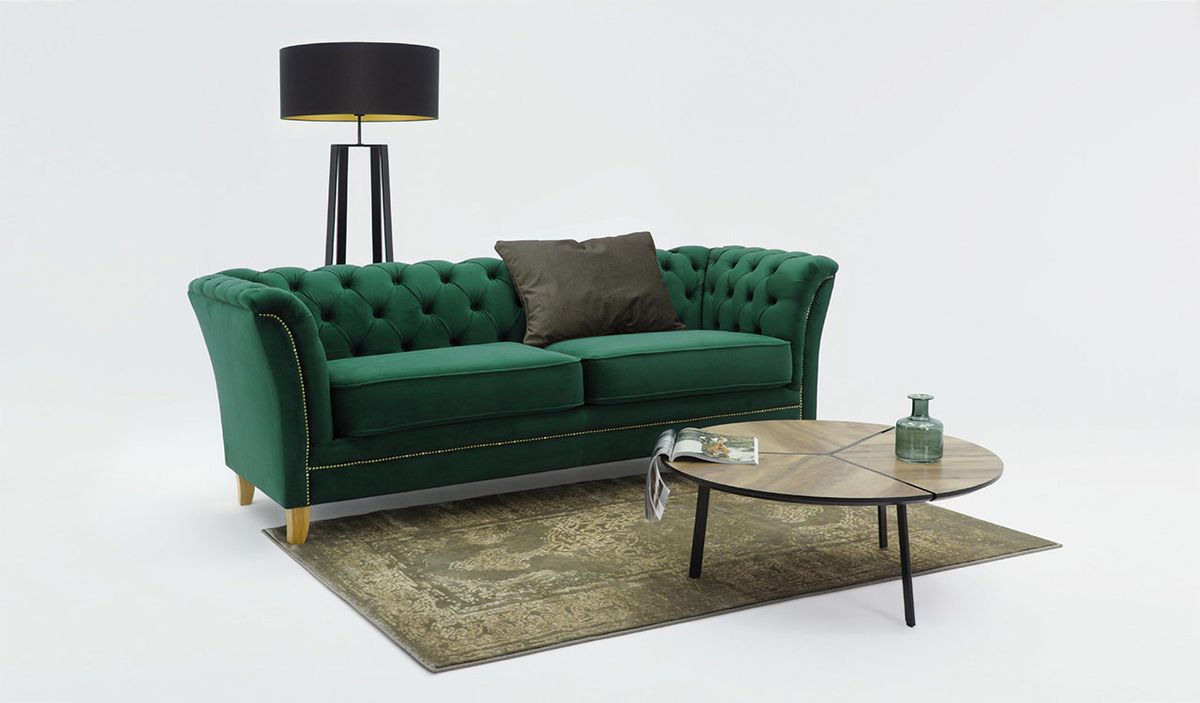
Boho
Often fashion leads interiors and the Boho style is one such example. It is for those who want their homes to reflect their life’s travels and history. It has a truly laid-back vibe and embraces creativeness, unconventional thinking and is unique to you. Often with 60’s and 70’s influences, it’s always colourful with natural elements such as wood and macramé. Although there are really no rules for creating Boho chic, colours tend to be bold using earthy, jewel and brighter colours.
- Travel collections from around the globe
- Wall hangings such as tapestries and macramé
- Natural world accessories
- Rugs, throws and cushions
- Eclectic
- More is more
- Vintage and distressed pieces
- Handmade
Examples of SLF24 upholstered furniture ranges in a boho style are: Dillon, Baron, Covex and Majestic with loose cushions.
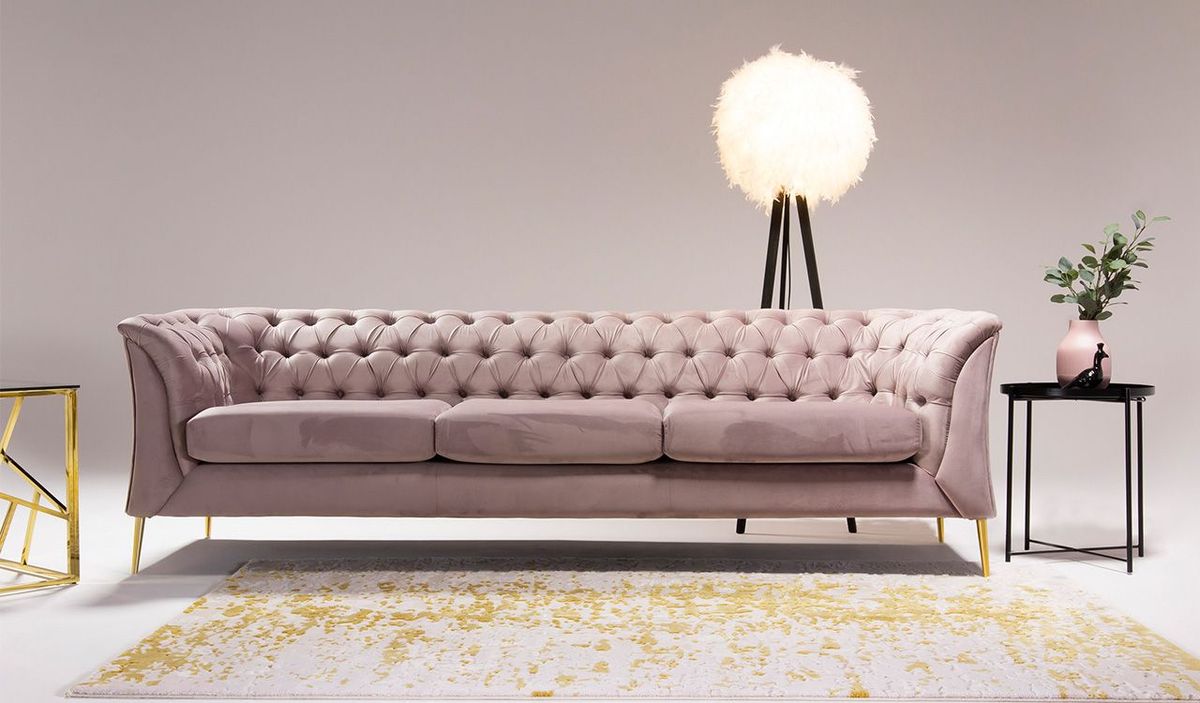
Sustainability
Whilst this is not strictly a style it is something that more and more people are considering to be very important when furnishing and decorating their homes. The endemic throwaway culture is fading, and we all need to be sure we are buying goods that last. With the difficulties of the last few years, wellbeing and happiness in our homes has become more important. At SLF24, one of the things we have been doing for a number of years is to recycle all our waste wood into pellets for fuel. It is just one of the many things we do to ensure we have a sustainable and credible factory for the future.
Interior styles - inspiration
When looking for the style that will best suit our preferences, it is worth answering the questions: "What do I like best?", "What colours do I like?", "What do I like?". When answering these, it's good to take inspiration from different places - your favourite coffee shop, your friends' living room or your favourite film or global travels.
How to choose an interior design style? The first step may be to find out the distinguishing features of a given style and consider your home design. Just because you have a traditional Victorian house doesn’t mean you need to stay with the traditional. A super contemporary interior can look great contrasting with period features.
Can different interior styles be combined?
If you are struggling to pick an exact style, that’s fine. Interior design has evolved over the centuries to reflect just this and, although seemingly unrelated, interior design styles draw on each other's assumptions and main trends. When deciding to combine styles, it is important to remember to select individual elements so that they still form a coherent whole.
What is the ideal starting point for combining styles? Firstly, find styles that have something in common, such as using the same or similar materials. Secondly, you should pay attention to the colour palette - styles based on cool colours should be broken with warmer ones. Thirdly, you should think about proportions in relation to the space you have. A large grand Chesterfield is not going to look right in a small bedsit as it will overpower the room and to counter this, a compact sofa is not going to suit a large open plan space.
The desire to have a unique and personal space is leading to an increase in mixing materials in both furniture design and interiors. A wooden frame or metal legs on an upholstered piece of furniture adds interest and allows you to combine the same materials when accenting your room. The subtleties in a room are becoming more important in today’s interiors, to create that distinctive style, that may not be true to one specific genre, but does reflect your style and that is the most important point to remember.
